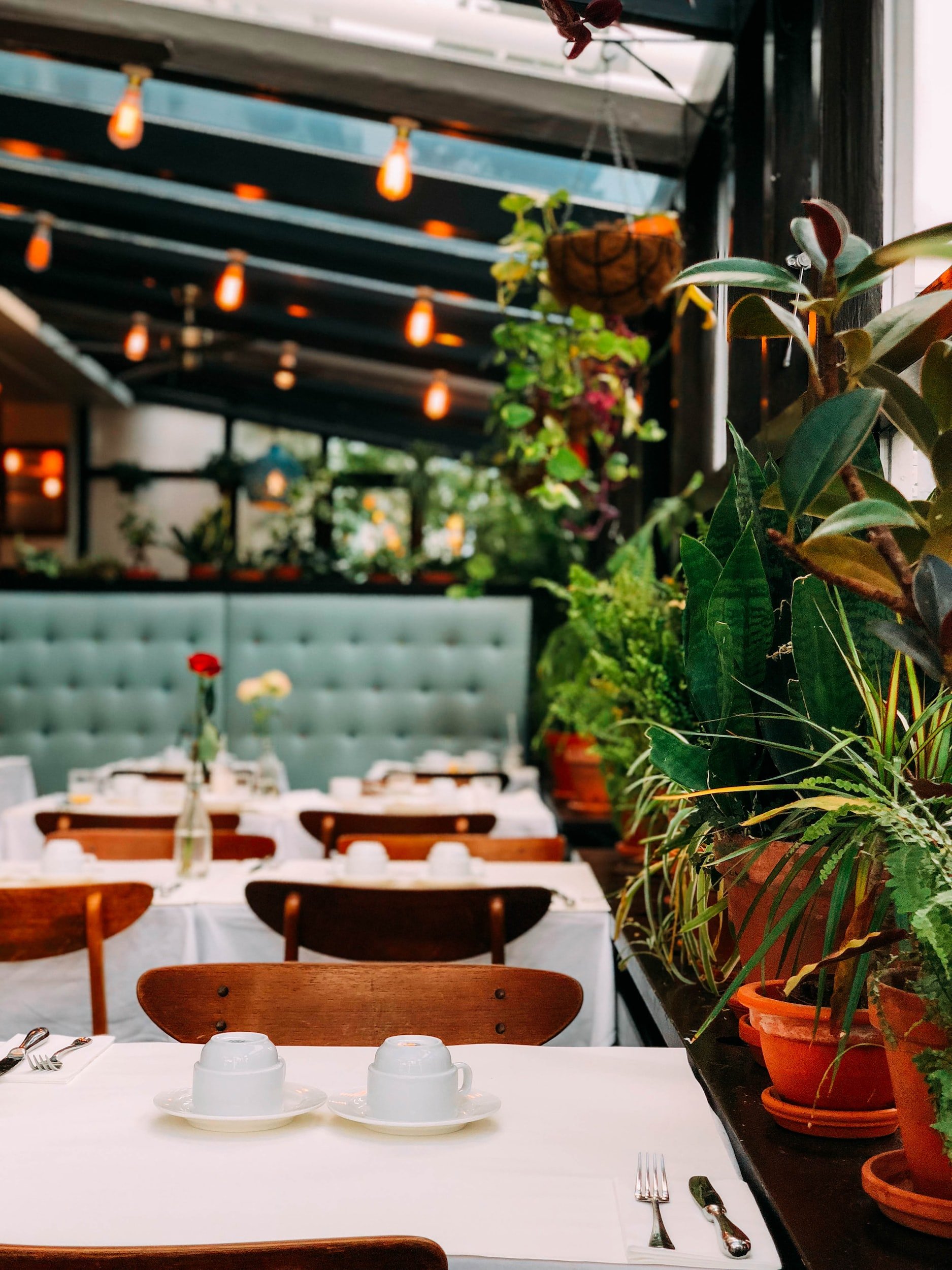Cracking the Code
You’ve finally made it to that café you’ve been wanting to check out for so long.
You held fast to the lunch commitment with your friend, and even found a free parking spot right out front. This location is new and trendy, and you’re ready to treat yourself.
After being greeted and left to think about choices — you’ve of course already done your research and are only trying to remember today’s specials — the two of you begin to weave the backstory of the server’s life from your combined imaginations. You feel yourself relaxing and laughing, a welcome moment of ease in a scattered world.
The server swings back in what feels like seconds, and tactfully asks if you want to place any orders.
As you look down for the menu, you instead find a piece of white paper with a blocky black image laminated, maybe simply taped, to the corner of the table. You realize you need to click out of the conversation and back into your phone.
You feel yourself starting to coil back up as you’re asked to scroll through a beautiful but confusing website to find a menu you’ve already studied scrupulously.
In an attempt to streamline service and embrace technology, restaurants risk letting the air out of the very service and product they are aiming to perfect: The experience. The child of evolving technology and a movement towards “contact-less” interactions, the QR code has managed to sanitize the warmth and intimacy that makes dining out so special.
The tragic and unique circumstances created by the pandemic broadcast one message loud and clear: The magic of restaurant dining is about much more than efficiency and sustenance.
In casual breakfast spots, regular customers crave the boost they get each morning when the server already knows their order.
On a first date, the ambiance and effort put into a shared venture into a new space can nurture a spark that can last a lifetime.
In fine dining environments, people want to see and be seen. They might not agree with the sommelier’s detection of currant in their Cabernet, but they sure know how much the bottle cost and are eager to enjoy the spectacle of tasting it table-side.
The grocery store has plenty of food you can prepare at home. The chains in town have all sorts of options for quick meals on the go. You can even have sushi delivered to your house — if you can afford to pay and wait for it.
The value in restaurant dining lies in social connection.
Sure, it may be beneficial to feature a link to the menu out front, or in an ad. However, the clunky friction created by encouraging guests to put their heads down into their phones can mean missing the carefully curated energy around them. You can open your phone and have food at your door in hours. Your device cannot have someone take care of you for a change and people watch in an unexplored part of the neighborhood.
In addition to modernizing the way guests engage with establishments, QR codes present a new crop of inefficiencies and challenges.
The option to pay from the table can lead to increased walkouts and confusion about what stage of the meal guests are at. Trouble with the internet connection, on behalf of the establishment or the consumer, means another disruption in flow. A more mature demographic may dismiss out of hand the idea that a physical menu is not an option. The precarious and evolving tipping economy is threatened by a system that makes paying feel like another inconsequential transaction at a convenience store rather than a relationship.
Finally, the aesthetic of any restaurant remains integral to the overall brand, feel, and impression of the business. In fact, the artwork and font, tactile feel of the material and presentation of a physical menu is a critical opportunity to tell a story and prime expectations.
In the sincere attempt to remain current and modern, many establishments are faced with the opportunity to update, with both their business model and style of service up for reimagining as the economy emerges from a paradigm shift.
Incorporating modern tech is essential to remaining relevant, but owners would do well to remember that thoughtful menu design placed in a guest’s hands can go a long way toward strengthening the bottom line.
People forget to bring cash. Younger generations may not understand why a code isn’t available. Many tourists expect to use Apple Pay. There can still be a code out front and by the register, or in the back so guests can walk past the kitchen, get a glimpse of the fire and smell the white oak burning in the oven.
Offering a thoughtfully designed physical menu, not a laminated dinosaur but one printed each week on affordable high-quality paper, is an essential window through which to enchant, connect, and set the stage for the show to come. Designing a captivating menu that showcases your brand can be fun with innovative, user-friendly software that’s a breeze to use and allows anyone to achieve professional results even without a background in graphic design.



